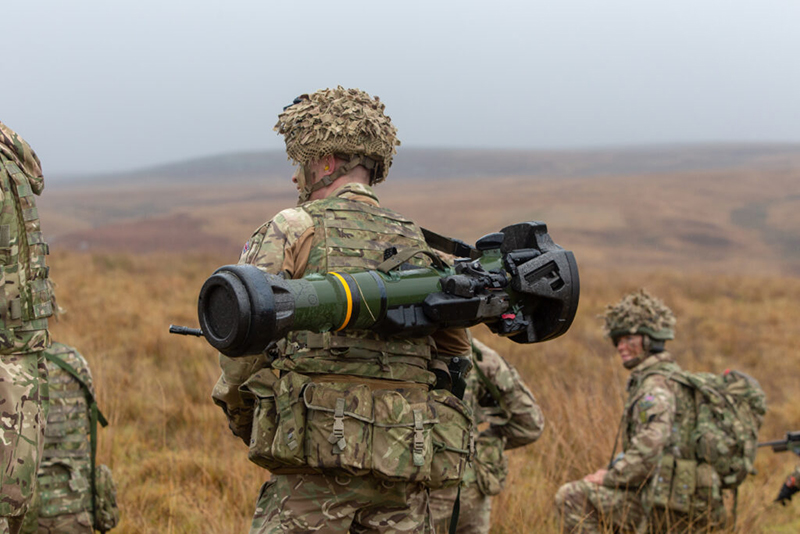Modern warfare has become increasingly complex, and it is essential that those at the helm of a military operation have sound decision-making skills. This is why military simulation plays an important role in preparing personnel for the battlefield. By simulating real-world combat situations, military personnel can practice their decision-making skills and learn from their mistakes in a safe environment. Let us take a closer look at how military simulation improves decision making in combat.
The Benefits of Military Simulation
Military simulation allows personnel to practice their decision-making skills and develop strategies for responding to different battlefield scenarios. This helps them become better prepared for the reality of combat. Additionally, by allowing teams to test out different tactics and procedures, the use of military simulation ensures that the most effective strategies are identified and put into play when needed.
Another benefit of using military simulations is that they provide an opportunity to identify potential risks before they have an effect on operations. By testing out possible responses to various scenarios, it is possible to anticipate potential problems and come up with solutions before they arise in battle. Furthermore, these simulations can be used to fine-tune existing strategies or create new ones as needed.
Train for Unexpected Events
Military simulation is used to train personnel for unexpected events that may arise during battle. By simulating various scenarios and reactions to them, military personnel are able to become more familiar with possible contingencies and be better prepared for the unknown. This not only helps them plan more effectively but also improves their ability to respond quickly and accurately when faced with an unexpected event in a live conflict.
Understand Complex Situations
One of the main advantages of using military simulation is that it allows commanders to gain insights into complex situations before going into costly field exercises or actual combat operations. By combining sophisticated models with real-world data, military personnel can gain a better understanding of how different tactics will perform under different conditions. This helps them make sound decisions during a conflict without risking lives or wasting resources.
Determine Effectiveness of Tactics
Military simulations can be used to determine the effectiveness of certain tactics before they are tested on the battlefield. With simulations, commanders can measure the potential impact of different strategies on their own forces, the enemy, allies and civilians. This helps them determine which strategies will give them the best chance at success before committing troops or resources in real life situations.
Read more of this in How Military Simualtions Can Increase Situational Awareness
Evaluating Performance Based on Metrics and Results (After Action Review – AAR)
The final advantage of using simulation technology is that it enables commanders to undertake a detailed AAR to evaluate performance based on metrics and results rather than assumptions. By running through various simulations, commanders can track performance metrics such as reaction time, situational awareness, critical thinking skills, and more, to determine which tactics are working best for them in any given situation. With this information, they can then adjust their strategies accordingly in order to maximize success in future missions or engagements.
Using simulations also provides an opportunity for team members to learn from each other’s mistakes without having to face real-world consequences—something that would not be possible on an actual battlefield. Through this process, personnel can become more experienced decision-makers who are comfortable working under pressure and dealing with difficult situations.
Military simulations are an invaluable tool for developing sound decision-making skills among those serving in the armed forces. By simulating combat scenarios ahead of time, teams can practice their responses and identify potential risks before they arise in battle. This allows them to be better prepared for the realities of combat while also giving them a chance to learn from each other’s mistakes without having to face real consequences on a battlefield setting. Ultimately, using tactical simulations helps ensure that all personnel involved have access to the best possible training available when engaging in operations around the world.
Read more on this in How Military Simulation Can Help You Develop More Efficient Strategies
Connect with like-minded professionals in the Defence, Simulation, Education and Training industries at DSET 2023. Register to attend here.
Image Credit: Defence Photography



